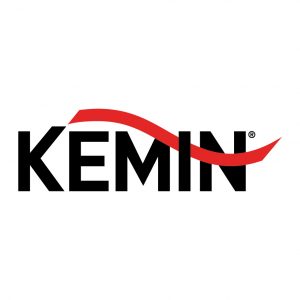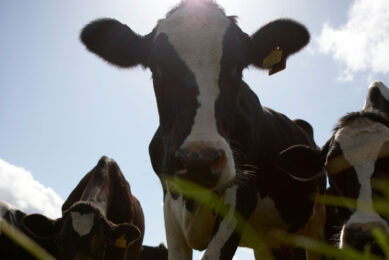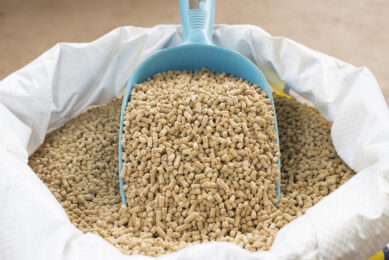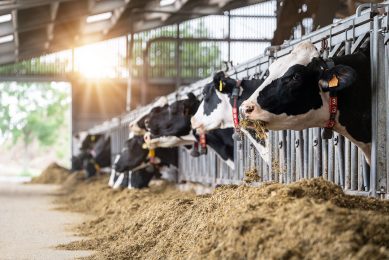Not all oils are created equal: An energy foe in disguise
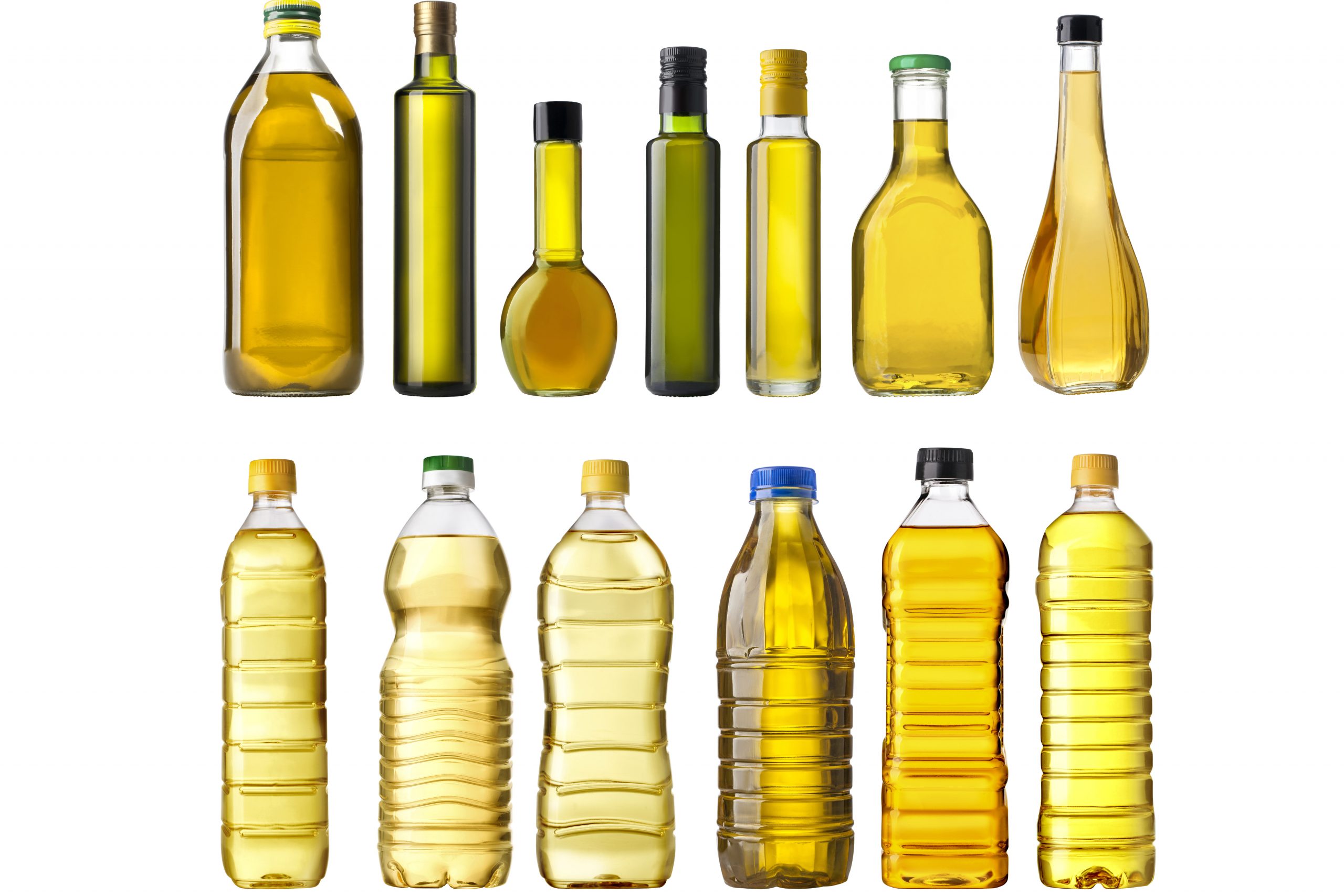
It is the built-in high caloric value that makes oils and fats the prevalent energy contributing ingredient in feed. As progressively more industrial by-products become available as alternative to lipid sources, nutritionists are often unexpectedly faced with an increased variation of lipid quality.
Processes such as rendering, refining and cracking influence the chemical structure and therefore change the metabolisable energy. The above processes may also lead to changes in the oxidative quality status or sensitivity towards oxidation. Furthermore, due to non-ideal processing and exposure to different environments the presence of energy diluting factors such as moisture, impurities, unsaponifiables as well as polymerised and oxidised compounds have to be taken into account.
Impact of oxidation
In feed, the level of oxidation of the lipid fraction is an important aspect. Next to the impact on energy reduction (Figure 1), oxidation leads to destruction of vitamins, inferior palatability, oxidative stress and its performance related issues.
Figure 1 – Impact of oxidation on altering the chemistry of lipids.

The useful energy extracted by an animal is species and age dependent and varies with the chemical composition of lipids. Using animal trials, an empiric formula has been derived that links the chemical composition of a lipid with the apparent metabolisable energy (AME) or digestible energy (DE).
Lipid Evaluation Test
Based on this formula and correcting it for energy diluting compounds, scientist at Kemin have introduced the Lipid Evaluation Test (LET). Awarded with a VIV 2014 innovation price, this analytical platform includes 3 distinctive parts:
- assessment of the oxidative quality
- the lipid energy value
- the loss of energy of diluting compounds
Selected results from a large EMENA region survey on feed fat and oil characteristics give rise to many insights that can be useful for the feed producer or nutritionist (Figure 2).
Figure 2 – Variability in energy and oxidative quality for the selected lipids. % Ox is the percentage of oils that are oxidised.
Variability of the energy value

As a first observation, it’s clear that a huge variability occurs among the different types of lipids. While evident when comparing e.g. fish oil and palm oil it is less obvious when a vast variability is also observed within the same lipid group.
Energy diluting factors
Looking at energy values, a variability of 15% up to 50% is recorded. It may be clear that this impacts any diet formulation using lipids as a concentrate energy source. A major part of this variation, up to 70%, is due to diluting factors and as such, they play a more important role than generally considered.
In particular, our opinion supported by LET results, is that in future more attention must be paid to the energy diluting factors. It is not only important to evaluate the degree of moisture, impurities and unsaponifiable compounds but also to check the effect of oxidation on AME or DE.
Careful estimations are needed
Finally, concurrent with the tendency to use of cost attractive alternatives for feed, producers are put at risk to overestimate dietary energy contribution of these lipids as well as their quality. Indeed, it has been noticed by breeders and specialists that there is an observable energy gap between the energy provided through lipid based formulation and the anticipated performance of the animal. The origin of this energy gap may tentatively be explained by the observation that calculated lipid energy values are overestimated and not corrected for species, age dependent lipid metabolism and energy diluting values.
A correct estimation of the metabolisable energy content of an oil or fat becomes indispensable for the precision of feed formulation. The lipid evaluation test allows for a true cost effective implementation of absorption enhancers such as Lysoforte and allows feed producers to accomplish the performance goals that the modern genetics of animals make possible.


